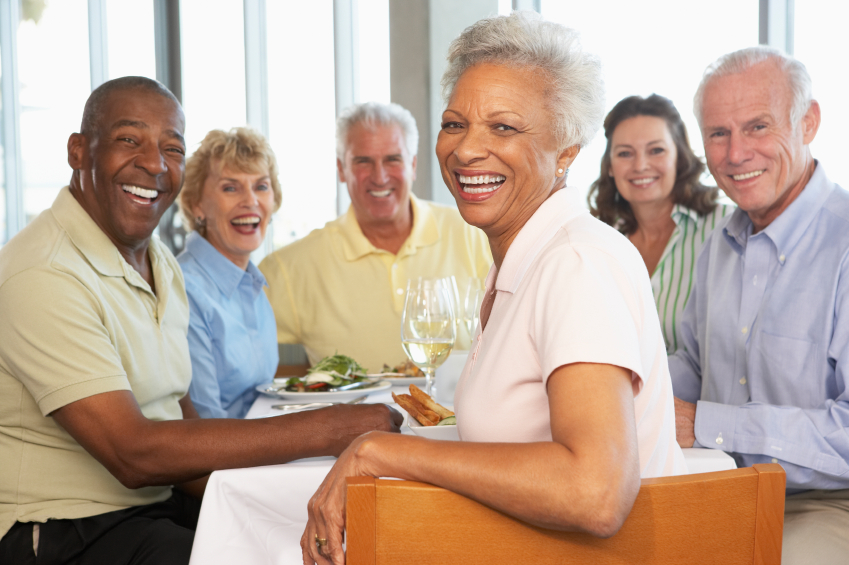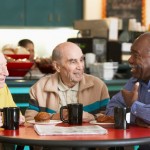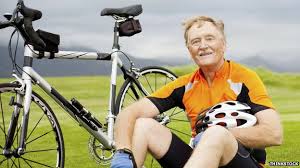 Healthy adults ages 70 and over should follow different nutritional guidelines than other people. In general, seniors usually need less energy and therefore usually eat less.
Healthy adults ages 70 and over should follow different nutritional guidelines than other people. In general, seniors usually need less energy and therefore usually eat less.
Guidelines for older adults emphasizes at least eight, eight-ounce glasses of water each day. The emphasis on fluids is due to older adults’ reduced sense of thirst that can lead to drinking less fluid. This two-quart daily fluid intake can include juice, milk and non-caffeinated soft drinks and beverages, as well as water. However, alcohol and drinks containing caffeine can cause the body to lose fluids and become dehydrated. Dehydration can make kidney function and constipation worse.
Key dietary supplements calcium, vitamin D and vitamin B-12 are sometimes recommended because older adults eat less and do not absorb and process nutrients as efficiently as younger people.
Total calcium intake each day should be 1200-1400 milligrams, which is the equivalent of three servings of calcium-rich dairy products (such as milk, hard cheese or yogurt). Supplements, such as calcium citrate and calcium carbonate are available to make up the difference.
Daily vitamin D intake should be 600 international units (IUs), which is equivalent to three 8-ounce glasses of milk. Sunlight provides vitamin D, too, but many seniors often have limited exposure to it, thereby requiring a supplement if their milk intake is less than the three glasses.
Seniors do not easily absorb vitamin B-12. Fortified breakfast cereal can help as it contains vitamin B-12 in a form that the body will absorb. A total of 2.4 micrograms is recommended each day. Taking a multivitamin for seniors will ensure an adequate intake of both vitamin D and B-12.
Fiber comes from many sources, including whole fruits and vegetables, whole grains and legumes. Fiber is very important because it helps prevent constipation, hemorrhoids and diverticulosis (inflammation of small pockets lining the intestines). It is also associated with lower cholesterol levels, and a reduced risk of heart disease and cancer. A total of 20-30 grams of fiber is recommended each day for optimal health. Eating the recommended number of servings of foods that contain fiber will usually provide that intake. Look for the fiber content on the label when shopping. Read More…
 f the OAA Nutrition Program (OAA Section 330) is to:
f the OAA Nutrition Program (OAA Section 330) is to: Reduce hunger and food insecurity
Reduce hunger and food insecurity



 Healthy adults ages 70 and over should follow different nutritional guidelines than other people. In general, seniors usually need less energy and therefore usually eat less.
Healthy adults ages 70 and over should follow different nutritional guidelines than other people. In general, seniors usually need less energy and therefore usually eat less.